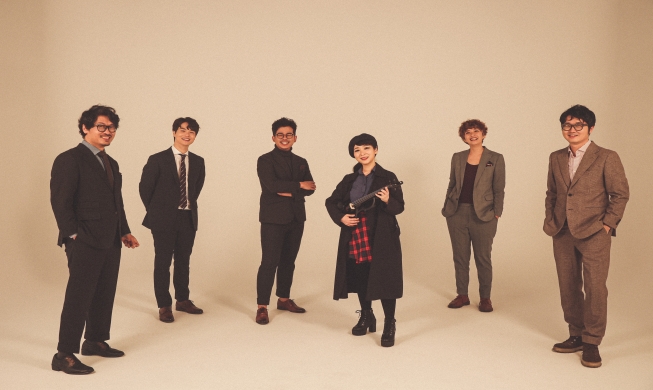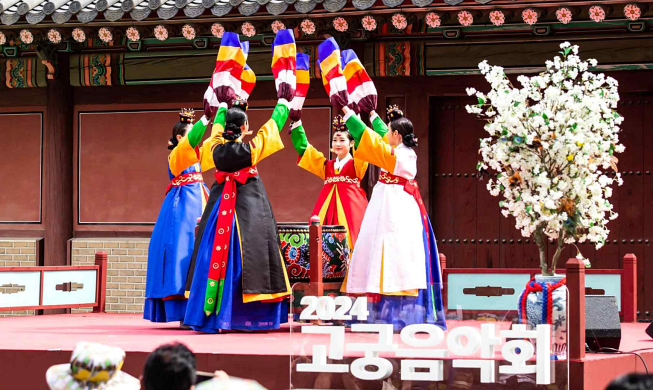-
 Korea.net's 24-hour YouTube channel
Korea.net's 24-hour YouTube channel- NEWS FOCUS
- ABOUT KOREA
- EVENTS
- RESOURCES
- GOVERNMENT
- ABOUT US


Jongmyo Daeje, Korea’s Royal Ancestral Rite, is a traditional ritual that has been recognized with many important designations. It is an UNESCO Masterpiece of the Oral and Intangible Heritage of Humanity, Important Intangible Cultural Property No. 56 (Jongmyo Jerye), and Korea’s Important Intangible Cultural Property No. 1 (Jongmyo Jeryeak). The ritual is held yearly on the first Sunday of May from 9:30am to 3pm. It begins with eogahaengnyeol, the fabulous royal parade dating from the Joseon Dynasy, which is truly a sight to behold as it moves through the modern city. Over 1,200 people proceed from Gyeongbokgung Palace, pass through downtown Seoul via Sejongro, Jongro 1, 2, and 3-ga, and finally arrive at Jongmyo.
Jongmyo Daeje originated as a royal ancestral ritual to honor the past kings and queens of the Joseon Dynasty. During the Joseon era, the ritual was held five times a year (spring, summer, autumn, winter, and December) until it was abolished by Japanese colonial rule. In 1969, Jongmyo Daeje was reinstated and has been held every year in early May.
Jongmyo Shrine, the destination of the procession, was the setting of ceremonial rituals during the Joseon Dynasty. Originally, Jongmyo only referred to Jeongjeon (Main Hall) where the memorial tablets of Joseon’s reigning kings and queens are enshrined. Today, however, Jongmyo also encompasses Yeongnyeongjeon (Hall of Eternal Peace) where the tablets of posthumous kings and queens are enshrined and Gongsindang (Hall of Meritorious Subjects) where the tablets of esteemed ministers of the state are kept.
To participate in the ceremonial rite, the kings of Joseon traveled to Jongmyo Shrine with princes and subjects in the eogahaengnyeol royal procession. Today, its reenactment features a king mounted on a royal palanquin and accompanied by civil and military officials and guards that stretch to the front and rear of the procession.
The Jeongjeon Jehyang rituals are held according to Confucian tenets, largely consisting of the greeting, serving, and bidding farewell to the spirits. Each procedure is accompanied with Jongmyo Jeryeak, a ritual music played with pyeongyeong, bokgo and other traditional instruments, and parilmu, a dance performed by 64 female dancers.
Jongmyo Jeryeak, Korea’s Important Intangible Cultural Property No. 1, was created under King Sejong the Great and adopted by King Sejo. The name refers to the entire series of music and dance performed during the Jongmyo rituals. Distinct music is played for each procedure of the Jongmyo Jerye rituals with accompanying songs called Jongmyoakjang and Ilmu dances called botaepyeongjimu and jeongdaeeopjimu.
Most popular
- [COURSE] Taekwondo Classes Start at the University of Sao Paulo (USP)
- King Sejong Institute Writing Competition 2024
- Passport DC: Around the World Embassy Tour 2024
- Students at Korean Cultural Centre SA train their body and mind with taekwondo spirit
- Korean Short Literature Animation Series: Director Jae-Hunn Ahn's Films Screening (24.03.06-24.05.08)












